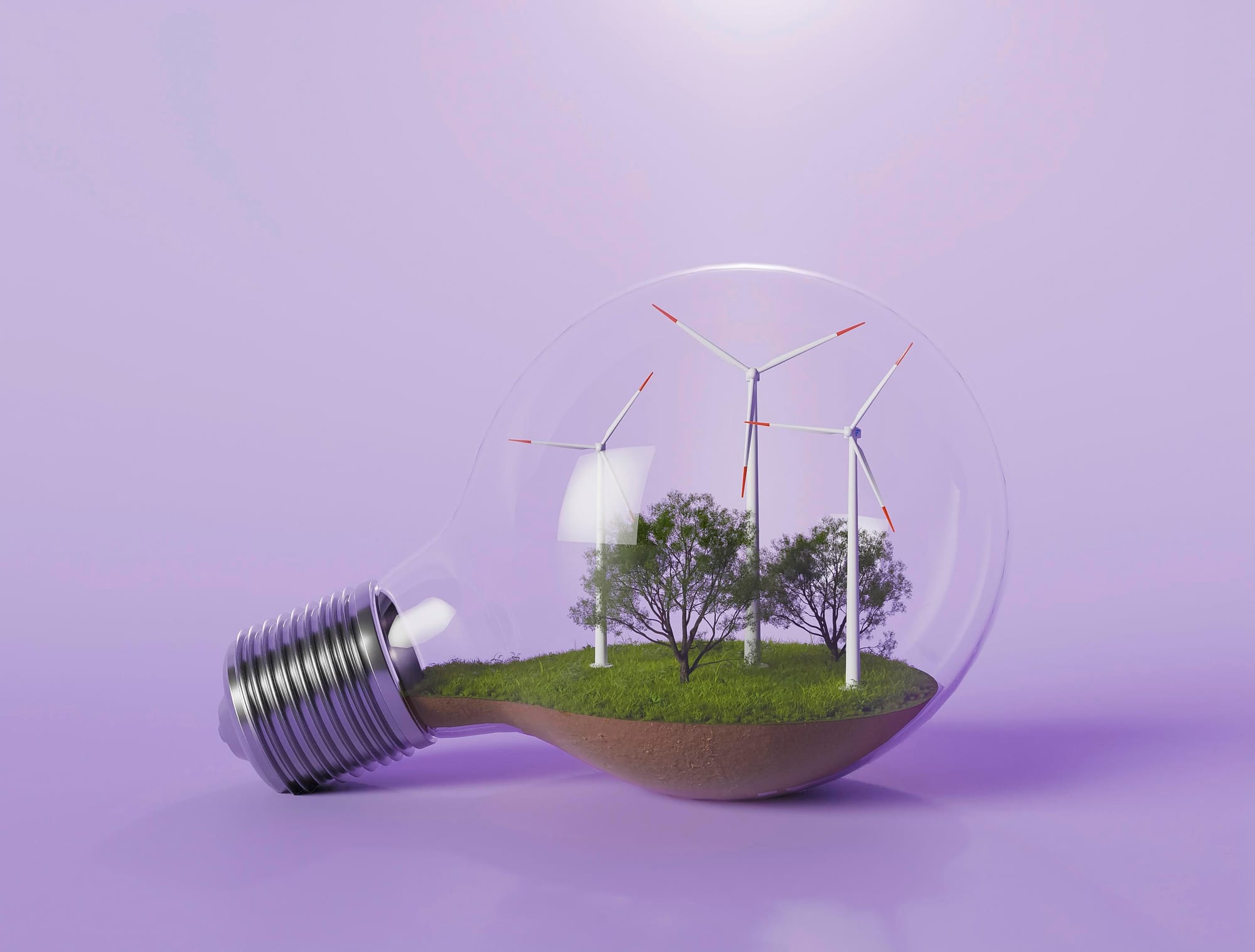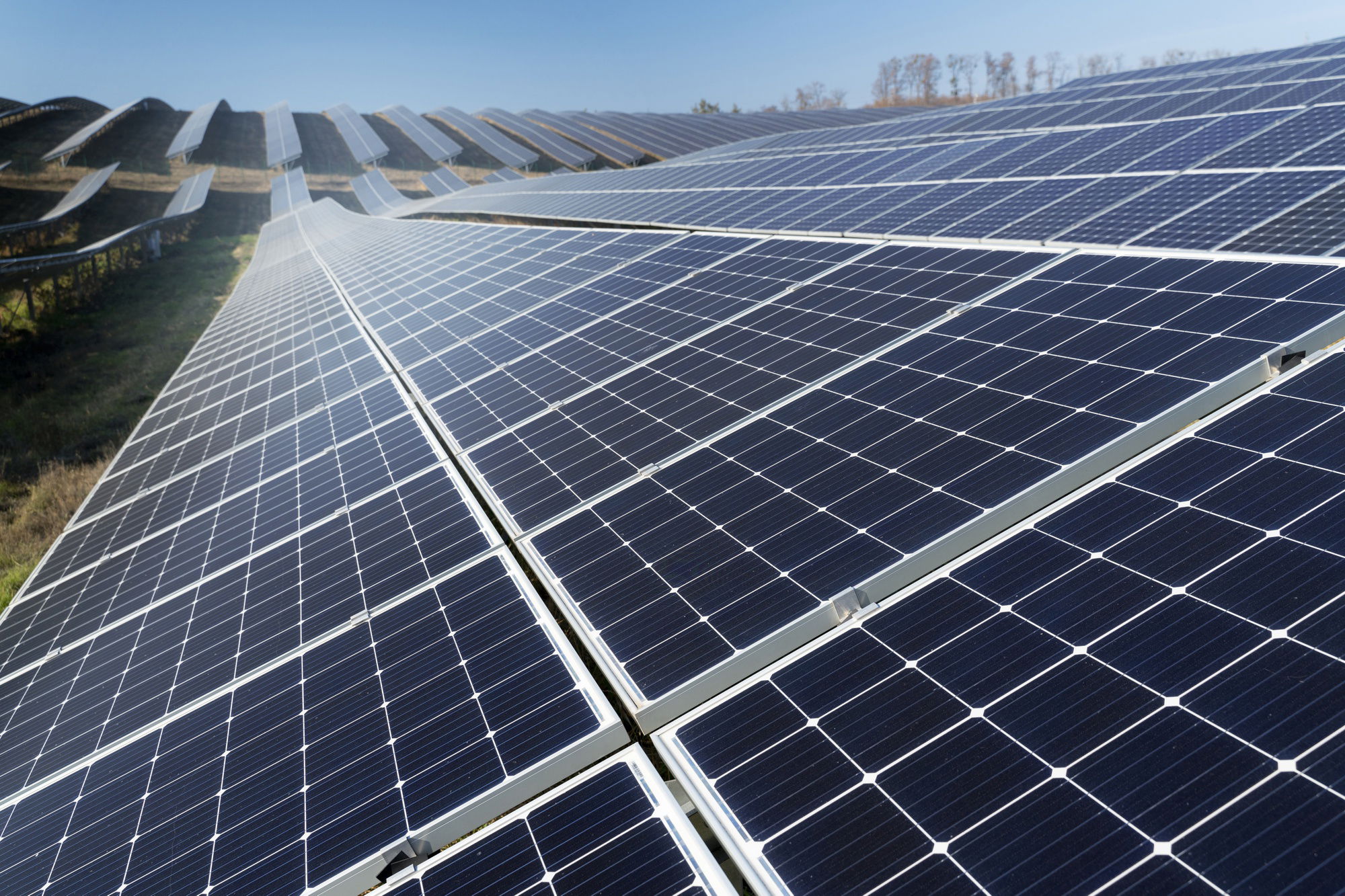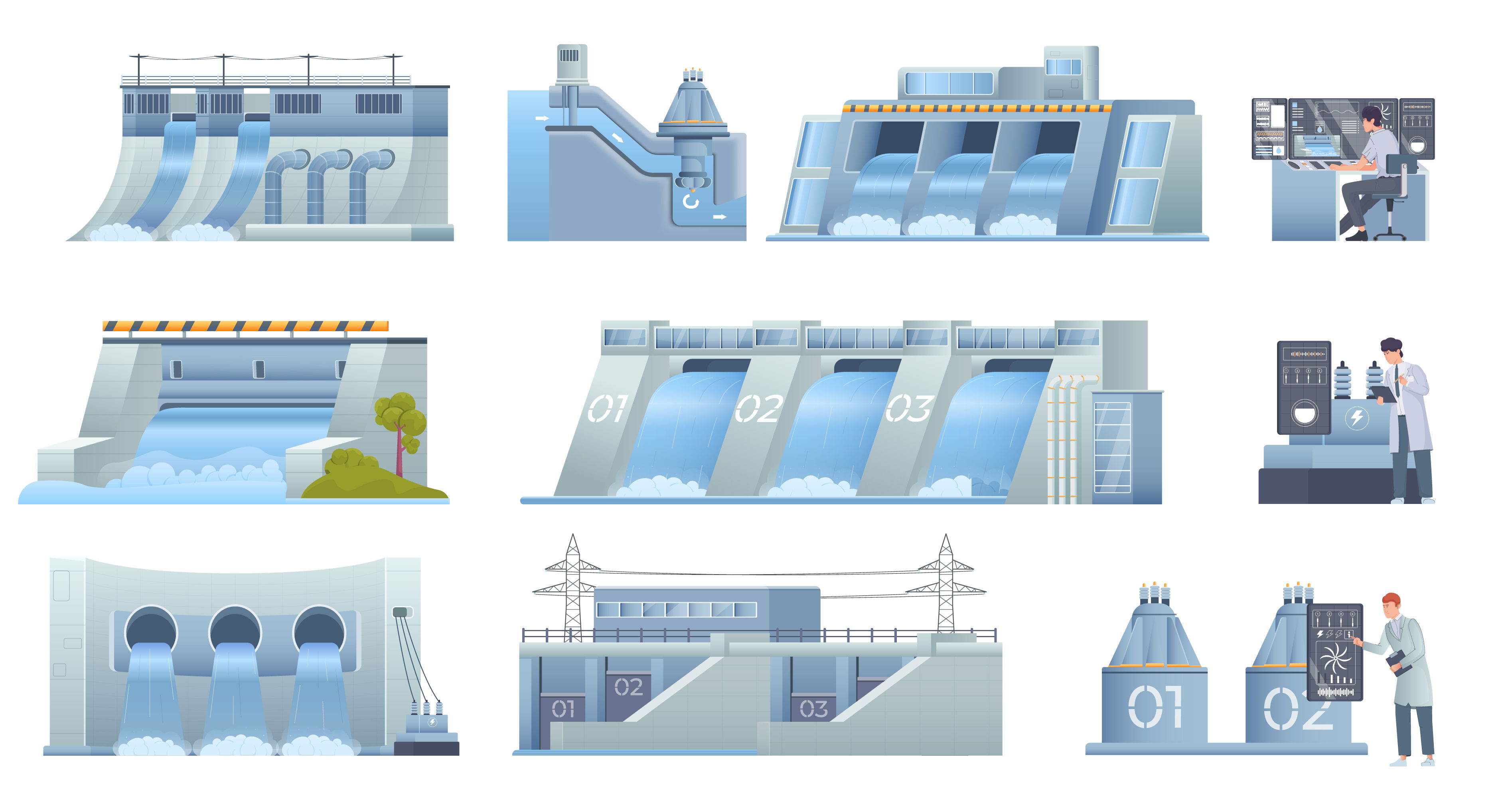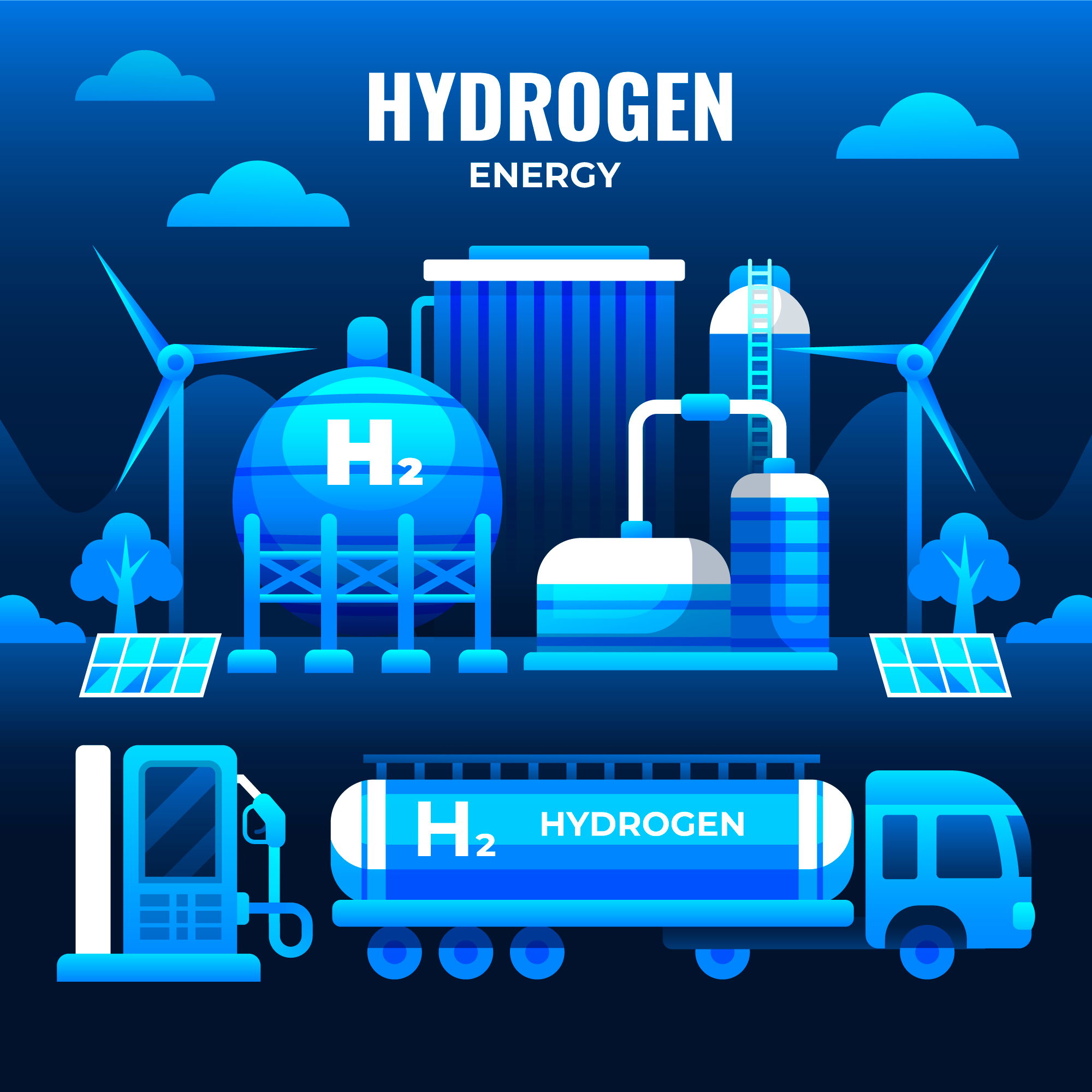2 Renewable Energy

2-1 Solar Power Farms
Solar power farms are large-scale energy facilities that harness sunlight to generate electricity using photovoltaic (PV) panels or concentrated solar power (CSP) systems. These farms are strategically located in regions with high solar exposure to maximize efficiency and energy output. Solar farms play a crucial role in the transition to clean energy by reducing reliance on fossil fuels and decreasing carbon emissions. Modern solar power projects integrate advanced tracking systems, energy storage solutions, and smart grid technologies to enhance reliability and efficiency.
- Photovoltaic (PV) Systems – These use semiconductor materials to convert sunlight into electricity, providing a scalable and cost-effective energy solution.
- Concentrated Solar Power (CSP) – CSP systems use mirrors or lenses to focus sunlight, generating heat that powers steam turbines for electricity production.
- Energy Storage Integration – Large-scale battery storage systems ensure continuous energy supply, even during nighttime or cloudy conditions.
Investing in solar power farms offers long-term economic benefits, including reduced energy costs, government incentives, and increased energy independence.

2-2 Wind Energy Projects
Wind energy projects involve the development of large-scale wind farms equipped with high-efficiency turbines that convert kinetic energy from the wind into electricity. These projects are categorized into onshore and offshore wind farms, each offering unique advantages in terms of energy production and environmental impact.
- Onshore Wind Farms – Located in land-based regions with strong and consistent wind currents, these farms provide cost-effective and easily accessible renewable energy.
- Offshore Wind Farms – Built in coastal waters, these turbines benefit from stronger and more consistent winds, leading to higher energy generation capacity.
Wind energy is one of the fastest-growing renewable energy sources due to its low operational costs, minimal environmental footprint, and high scalability. Modern wind farms incorporate smart grid technologies, AI-driven predictive maintenance, and battery storage solutions to optimize performance and longevity. By investing in wind energy projects, businesses and governments contribute to a sustainable, low-carbon future, reducing dependency on non-renewable resources while supporting global energy transition goals.

2-3 Hydroelectric Power Plants
Hydroelectric power plants generate electricity by utilizing the kinetic energy of flowing or falling water to spin turbines connected to generators. This renewable energy source is one of the oldest and most reliable forms of power generation, providing consistent, large-scale electricity production while supporting water management and irrigation systems. There are several types of hydroelectric plants, including:
- Reservoir-Based (Dam) Hydroelectric Plants – Large dams store vast amounts of water, releasing it through turbines as needed to generate electricity. These facilities provide steady power generation and flood control benefits.
- Run-of-River Hydroelectric Plants – These systems divert a portion of a river’s flow through turbines without requiring large reservoirs, minimizing environmental impact while generating electricity.
- Pumped Storage Hydropower – This system stores energy by pumping water to an elevated reservoir during low-demand periods and releasing it to generate electricity during peak demand.
Hydroelectric power is highly efficient, low-cost, and capable of meeting base-load electricity demands. Investing in hydro projects supports sustainable energy while improving water resource management, making it a vital part of global clean energy strategies.

2-4 Green Hydrogen Production
Green hydrogen production is an innovative renewable energy solution that uses electrolysis to split water into hydrogen and oxygen using electricity generated from renewable sources such as solar, wind, and hydroelectric power. Unlike traditional hydrogen production methods that rely on fossil fuels, green hydrogen is 100% carbon-free, making it a critical component of the clean energy transition. Key advantages of green hydrogen include:
- Energy Storage & Grid Stability – Hydrogen can store excess renewable energy, balancing supply and demand fluctuations in power grids.
- Decarbonization of Industry & Transportation – Green hydrogen serves as a clean fuel alternative for heavy industries, shipping, and aviation, significantly reducing carbon emissions.
- Fuel Cell Applications – Hydrogen fuel cells provide clean and efficient power for electric vehicles (FCEVs), backup power systems, and industrial processes.
As governments and industries invest in hydrogen infrastructure, electrolyzer technology, and hydrogen refueling networks, green hydrogen is emerging as a cornerstone of global sustainability efforts. It offers a scalable, long-term solution for reducing greenhouse gas emissions and achieving net-zero energy targets.

__________________________________________________________
Conclusion
At Royal Investment, we are committed to leading the transition toward a cleaner and more sustainable future by investing in renewable energy projects that drive innovation, efficiency, and environmental responsibility. Our focus on solar power farms, wind energy projects, hydroelectric power plants, and green hydrogen production positions us at the forefront of the global energy transformation.By supporting these initiatives, we are not only contributing to a greener planet but also unlocking long-term economic value for investors, businesses, and communities. Renewable energy solutions offer energy security, reduced carbon footprints, and sustainable economic growth, making them a vital component of future energy strategies.Join Royal Investment in shaping a world powered by clean, renewable energy. Together, we can build a sustainable legacy, drive impactful change, and invest in a better future for generations to come.